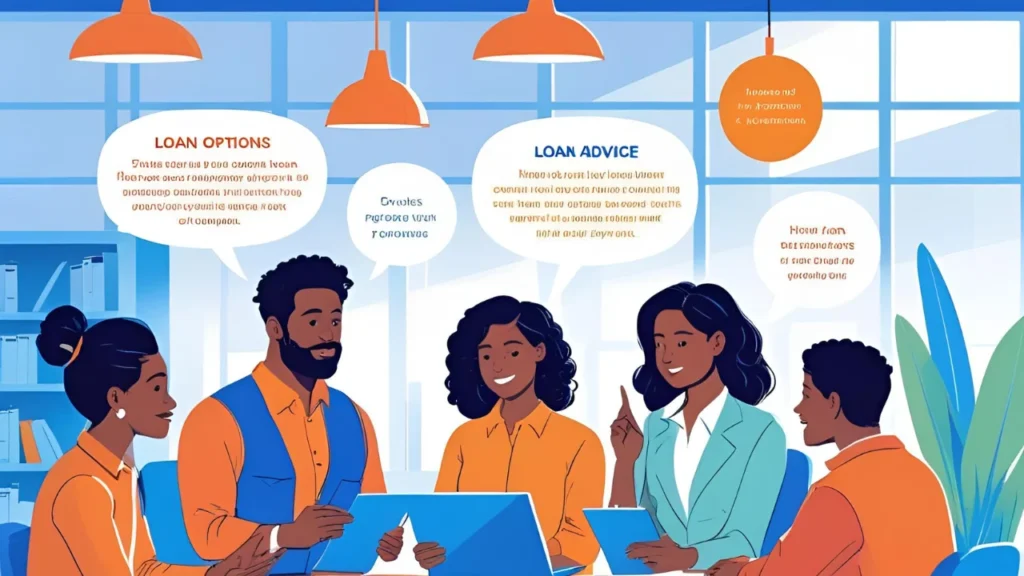- July 15, 2025
- by seonextlevel
- Digital information
- 0 Comments
Every day we see the glossy credit offers that try to convince you to spend money. But if you’ve ever wondered which of these offers is actually a marketing tactic to convince you to use credit, this post is for you. We’ll go over some real-life examples to shed light on the truth and the back of the envelope noise and ultimately give you the tools to make smart financial choices.
1. Understanding the landscape
Credit companies deploy many strategies—cashback, 0% APR, bonus points, emotional triggers, and more—to influence your spending habits. But the question we’re tackling is which of these isn’t a marketing tactic to get you to use credit.
Hint: it ‘s something that educates / informs you without any biases / ulterior motives.

2. Common marketing tactics spot the patterns
Here’s a quick rundown of how credit creditors try to hit you Cashback / reward programs – ” Earn 5 % back ” entices you to spend more
- 0% interest teaser rates – get you in – then raise rate later
- Limited-time signup bonuses – Create urgency with big initial offers
- Pre-approved messaging – Makes you feel chosen and special
- Lifestyle branding – ads that link credit to glamour and success
- BNPL scams: “Buy Now, Pay Later” sounds like a freebie, but it’s credit
- Psychological triggers like FOMO — For instance phrases like “ act now “ are meant to induce panic.
Those are all old school methods that try to get you to use credit.
3. So which of these is not a marketing scheme to get you to use credit?
The answer is simple, whatever you think; clear, objective financial education and transparent disclosure — things like plain interest rate tables, breakdown of fees, terms and conditions, or straightforward credit-management guides aren’t advertising tactics.
That’s exactly which one of these is not a marketing spin to get you to use credit — uncensored, factual information that empowers you, not entices you.
4. Checklist: Promoting vs. informing
| Is it a tactic? | Why or Why Not |
| Cash back | Yes – motivates spending |
| 0% Intro APR | Yes – a teaser to start using |
| 50% off store sale | No – price-driven, not credit-focused |
| Plain interest rate disclosure | No – informs, doesn’t entice |
| Educational blogs & tools | No – helpful, doesn’t manipulate |
| “Apply now” buttons | Yes – clear call to action |
| Neutral T&C listing | No – legal requirement, not persuasive |
When asked which of these is not a marketing tactic to convince you to use credit it is any neutral, factual disclosure or educational material.
5. Identifying the red flags
In order to tell which of these is not a marketing ploy to get you to use credit look for:
- Emotional language – Words like “exclusive,” “limited,” “luxury.”
- Urgency – “Act now” or “only until midnight.”
- Glamour-focused visuals – Fancy travel, exclusive event photos.
- Pushy CTAs – “Apply today,” “Get approved instantly.”
- Fuzzy fine print – Hidden fees, escalating rates.
If you can’t identify them then there’s a good chance you’re reading factual, objective information—which of these is not a marketing tactic to get you to use credit.
6. Real-world tips you can use
- In general – read the fine print – fees, rate changes, penalty clauses.
- Get educated with budget apps, credit calculators and neutral blogs.
- Focus on true value – low fees and clear terms beat glamorous ultimatums.
- Ignore hype – if it feels too good or rushed, step back and reconsider.
Final answer you can bank on
When asked which of these is not a marketing strategy to convince you to use credit, what you’re really asking for is clarity, not persuasion. If the content is simply informative (fee breakdowns, interest tables, or other learning material) it’s not trying to convince you to use credit – that’s transparency.




